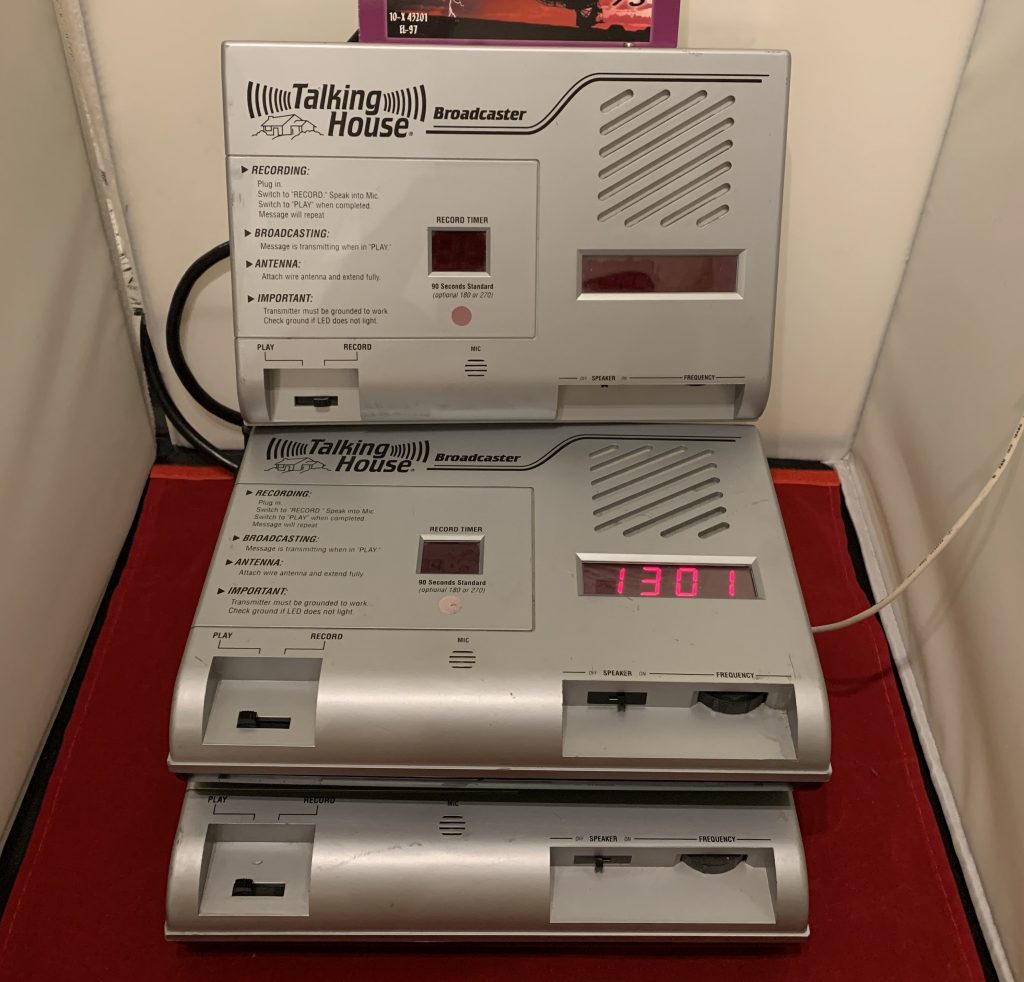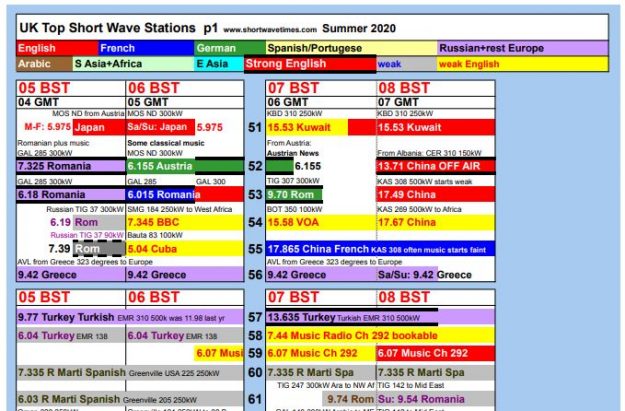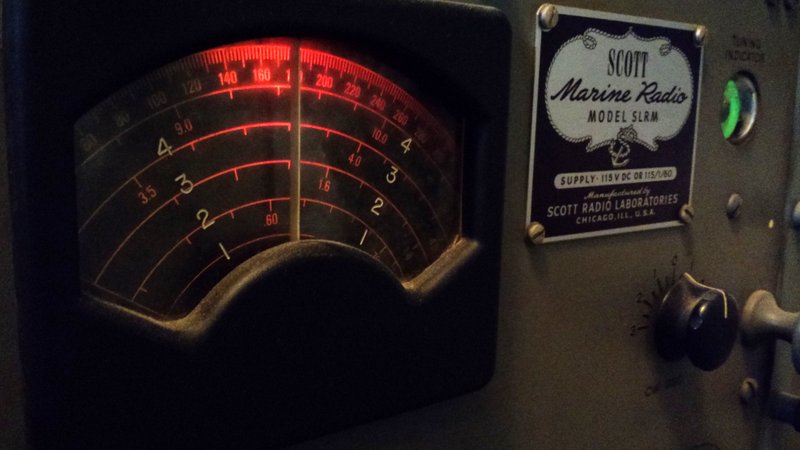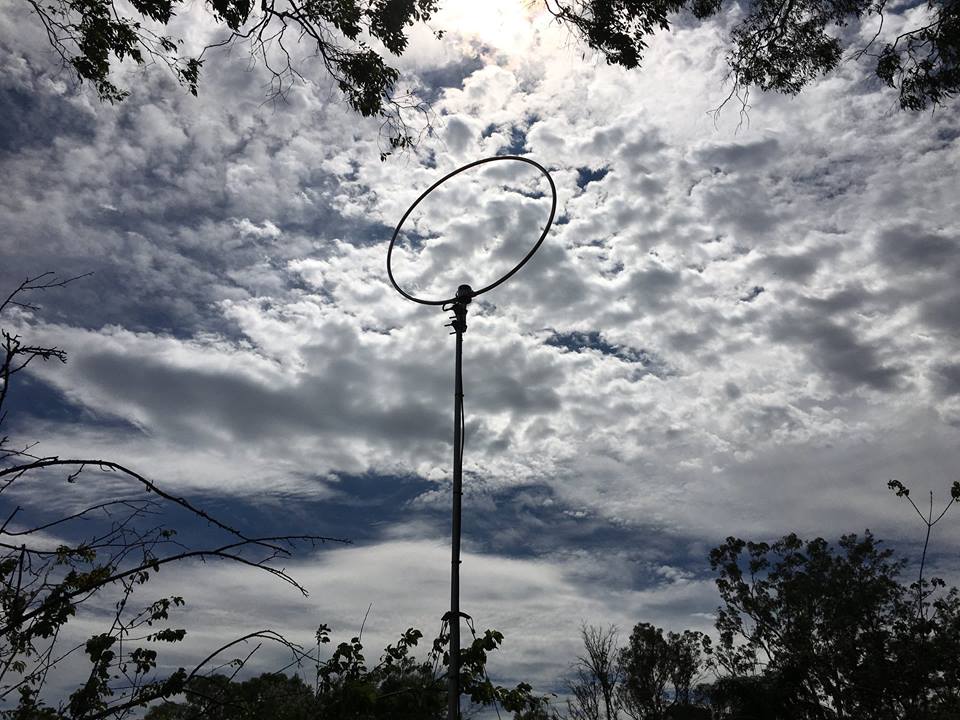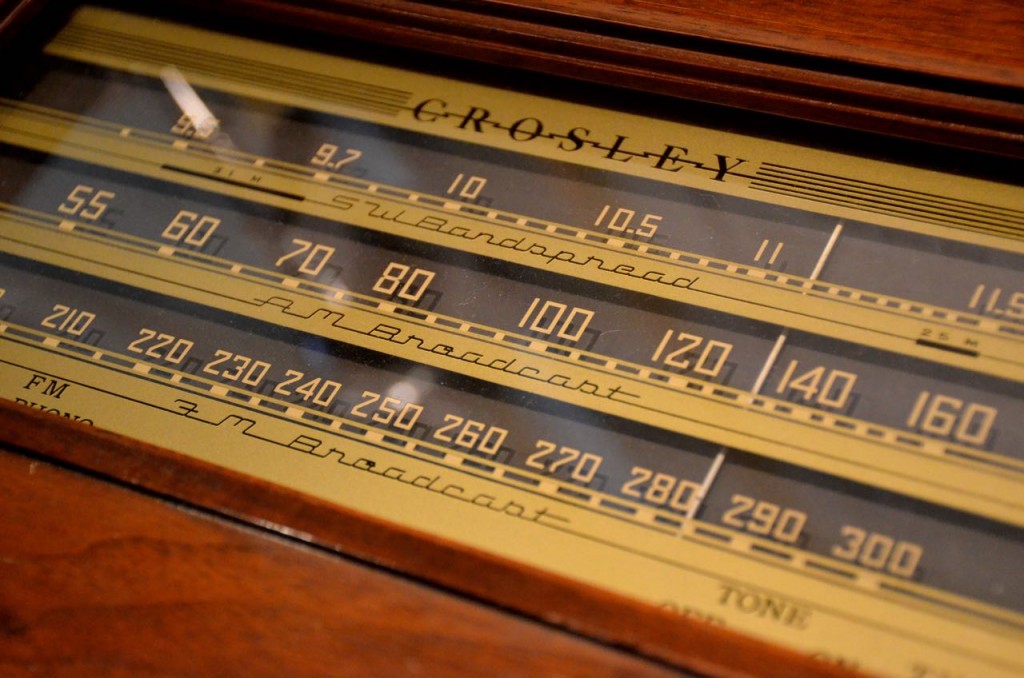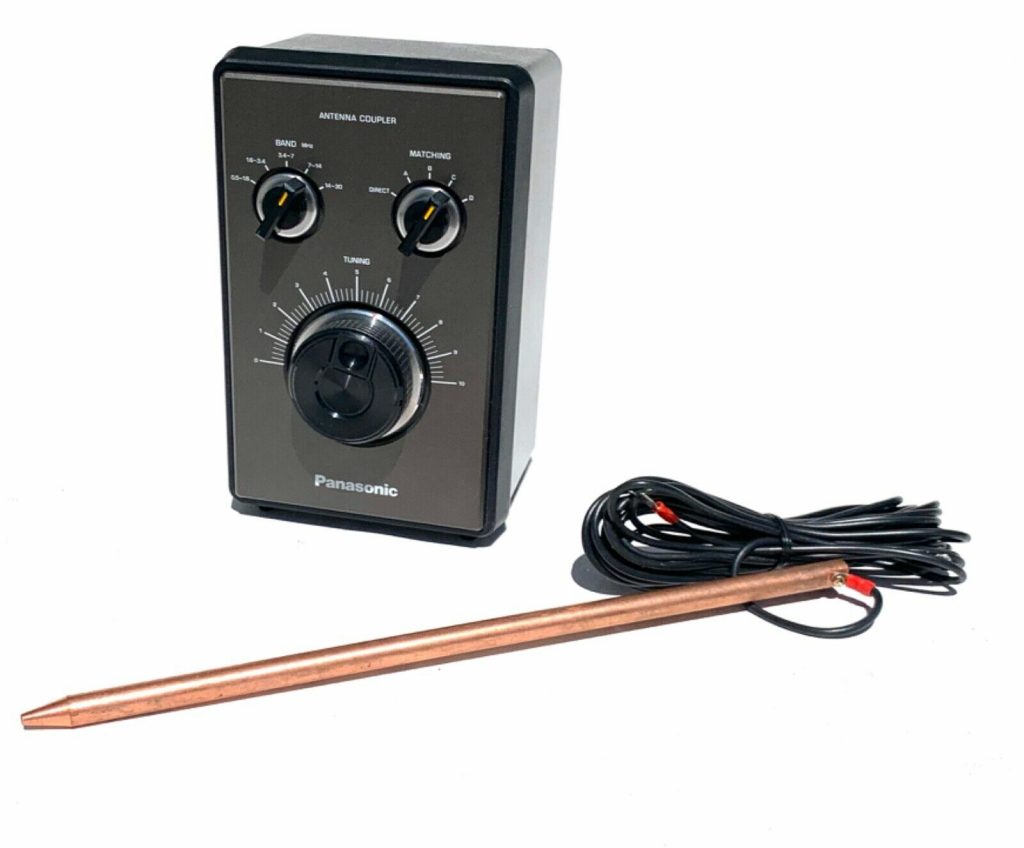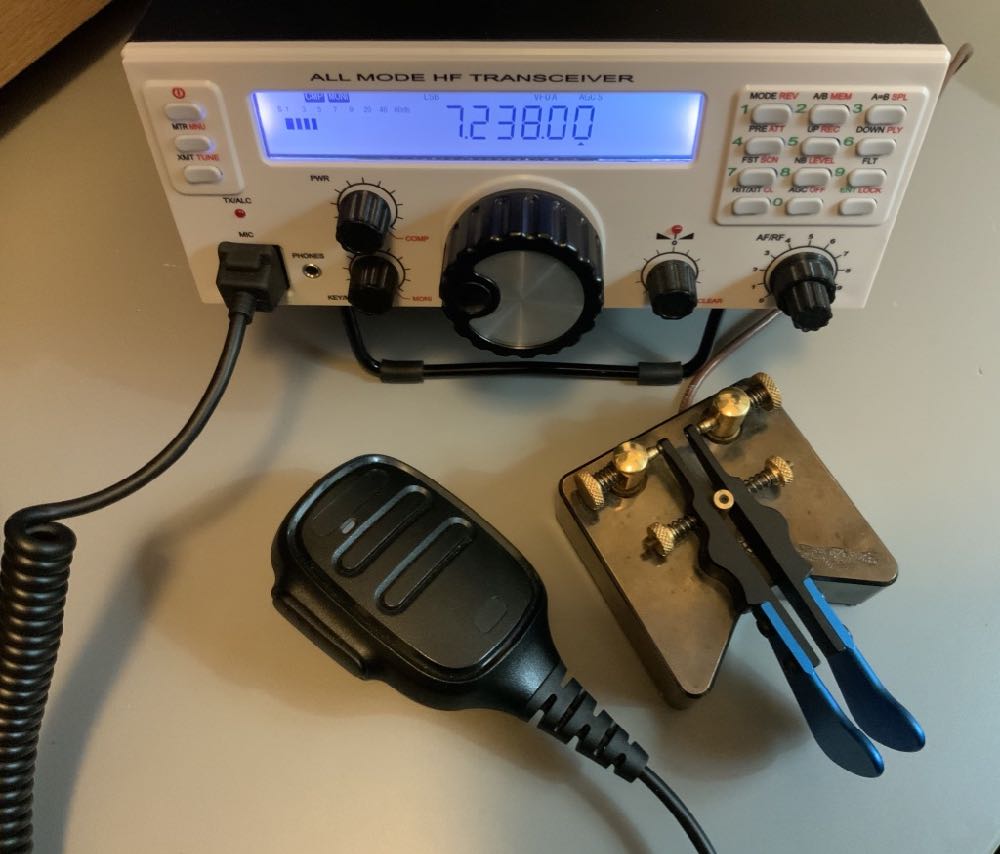 In the wake of the Coronavirus pandemic, amateur radio VECs in the US have been experimenting with remote testing sessions–meaning, administering ham radio license exams via real-time teleconference apps like Skype, Zoom, and Google Meet.
In the wake of the Coronavirus pandemic, amateur radio VECs in the US have been experimenting with remote testing sessions–meaning, administering ham radio license exams via real-time teleconference apps like Skype, Zoom, and Google Meet.
Amateur radio operators in support of remote testing have been contacting the FCC asking for formal approval of remote exams and the ARRL has also been exploring and experimenting with the process.
Today, the FCC posted a public notice, making it clear that FCC approval is not required to conduct remote tests:
“We make clear here that nothing in the FCC’s rules prohibits remote testing, and prior FCC approval is not required to conduct remote tests. The Commission provides flexibility to volunteer examiners and coordinators who wish to develop remote testing methods or to increase remote testing programs already in place.”
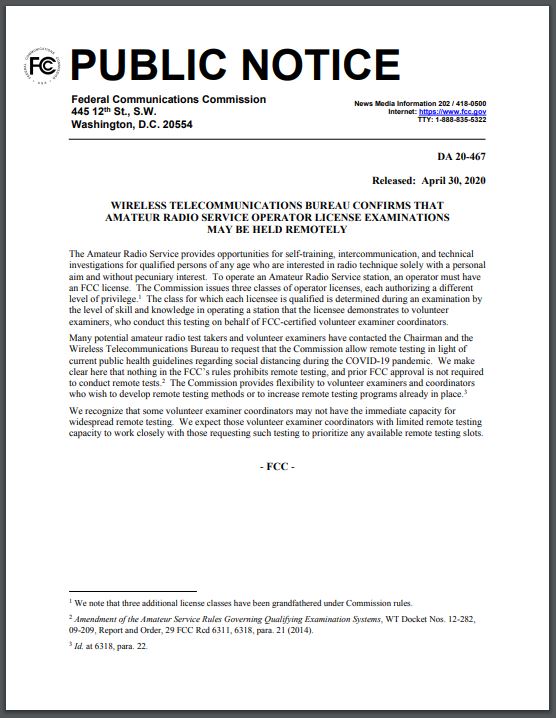 I’ve pasted the text from the body of the public notice below (click here to download the full PDF doc):
I’ve pasted the text from the body of the public notice below (click here to download the full PDF doc):
DA 20-467
Released: April 30, 2020
WIRELESS TELECOMMUNICATIONS BUREAU CONFIRMS THAT
AMATEUR RADIO SERVICE OPERATOR LICENSE EXAMINATIONS
MAY BE HELD REMOTELY
The Amateur Radio Service provides opportunities for self-training, intercommunication, and technical investigations for qualified persons of any age who are interested in radio technique solely with a personal aim and without pecuniary interest. To operate an Amateur Radio Service station, an operator must have an FCC license. The Commission issues three classes of operator licenses, each authorizing a different level of privilege. 1 The class for which each licensee is qualified is determined during an examination by the level of skill and knowledge in operating a station that the licensee demonstrates to volunteer examiners, who conduct this testing on behalf of FCC-certified volunteer examiner coordinators.
Many potential amateur radio test takers and volunteer examiners have contacted the Chairman and the Wireless Telecommunications Bureau to request that the Commission allow remote testing in light of current public health guidelines regarding social distancing during the COVID-19 pandemic. We make clear here that nothing in the FCC’s rules prohibits remote testing, and prior FCC approval is not required to conduct remote tests. 2 The Commission provides flexibility to volunteer examiners and coordinators who wish to develop remote testing methods or to increase remote testing programs already in place.3
We recognize that some volunteer examiner coordinators may not have the immediate capacity for widespread remote testing. We expect those volunteer examiner coordinators with limited remote testing capacity to work closely with those requesting such testing to prioritize any available remote testing slots.
– FCC –
Do you enjoy the SWLing Post?
Please consider supporting us via Patreon or our Coffee Fund!
Your support makes articles like this one possible. Thank you!


